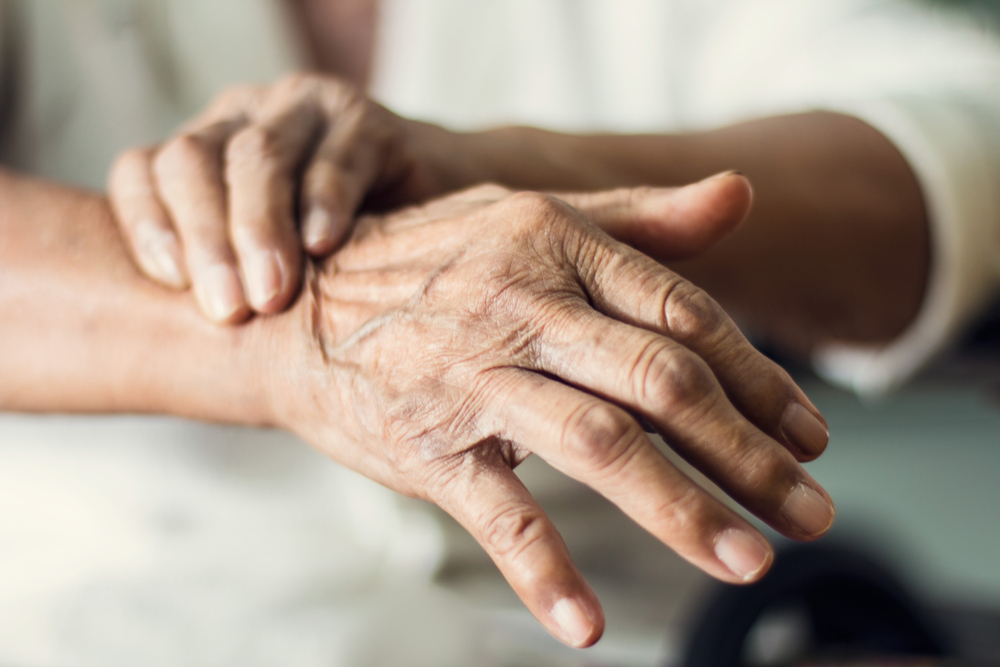We must urgently allocate more resources to upskilling general practitioners to better diagnose and manage Parkinson disease, particularly in regional areas, writes Dr Shanna Fealy.
Parkinson disease is the second most prevalent neurodegenerative disease globally, trailing only Alzheimer disease. In 2014, Parkinson’s Australia commissioned Deloitte Access Economics to develop an updated report on living with Parkinson disease in Australia. The report estimated that over 200 000 Australians are currently living with Parkinson disease, imposing a substantial economic burden upwards of $9.9 billion. Alarmingly, the economic burden of disease on the Australian health care system is set to increase, with an estimated 36% rise in Parkinson disease prevalence by 2024 and a staggering 79% increase by 2034, largely attributed to an ageing population.
For people living with Parkinson disease outside of metropolitan areas, access to specialist Parkinson disease care is inequitable (here). Last year, the World Health Organization’s technical brief, Parkinson disease: a public health approach, emphasised that an urgent response incorporating interdisciplinary care involving general practitioners (GPs), specialist neurologists, specialist neurological nursing and allied health care services is required.
The problem is that implementing such a team approach is challenging within regional and rural areas, as specialist neurological health services are concentrated in major metropolitan centres, resulting in the burden of diagnosis and treatment falling on GPs. Although GPs are well placed to diagnose and treat Parkinson disease, the complexity of disease pathology, in particular subtle early non-motor symptoms (here), is often linked to other causes (such as ageing), delaying diagnosis particularly for those living in regional and rural areas.

Shedding light on the regional and rural Parkinson disease landscape
To manage the pressing issue of Parkinson disease in regional and rural areas of Australia, a multifaceted approach is required. An interdisciplinary collaboration of researchers from Charles Sturt University’s Ageing Well Research Group, with specialist neurologists Professor Victor Fung and Dr Hugo Morales-Briceno from Westmead Hospital’s movement disorder unit, Vince Carroll (Parkinson Clinical Nurse Consultant) and Ms Deborah Schwebel (Professional Development and Governance Manager) from the Mid North Coast Local Health District, joined forces seeking to make a difference for this underserved population.
Our recent publication, Exploring Parkinson’s disease prevalence in regional, rural and remote Australia: a systematic scoping review, identified the complexities with ascertaining Parkinson disease prevalence rates within regional and rural areas of Australia, shedding light on the dearth of reliable data — a critical missing puzzle piece required for health service planning and distribution of economic resources.
There is an urgent need for high quality Parkinson disease epidemiological studies to be conducted. Understanding the geographic diversity of Parkinson disease prevalence is paramount for the development of effective strategies, programs and services tailored to the needs of people living with Parkinson disease, their families, and caregivers.
What needs to be done?
In light of the findings from our scoping review, we propose feasible solutions:
- Concerted efforts should be initiated to increase access to specialist Parkinson disease care in regional and remote areas. This could involve upskilling nurses, making specialised training more accessible, implementing Parkinson disease nurse specialist models of care and promoting interdisciplinary care models.
- It is crucial to acknowledge the challenges related to funding and sustainability for Parkinson disease. To date, specialist Parkinson disease nurse models are often established by small, proactive teams without the assurances of permanent funding and succession planning, which adds to the uncertainty surrounding service provision and further affects those relying on these services.
- Collaboration, adequate funding support and sustainable initiatives such as the integration of technology-enabled approaches, including telemedicine models, are proposed as key measures to ensuring that people with Parkinson disease in regional and rural areas receive the care and support they deserve.
The path forward
In the absence of comprehensive prevalence data and equitable heath care provision, Professor Fung, Dr Morales-Briceno, Mr Carroll, and Ms Schwebel with support of Ms Cassie Carswell district manager of the Brain Injury Rehabilitation, Rural Spinal Cord Injury and Movement Disorders Services, have taken action to improve access to specialist health care by establishing a hybrid movement disorder clinic in the Coffs Harbour region on the Mid North Coast of New South Wales.
This clinic offers a combination of face-to-face and telemedicine consultations, which has brought the expertise of the city to the country, delivering much needed specialist neurological care for people living with Parkinson disease in this regional area, including deep brain stimulation, infusion therapies and opportunity to participate in clinical research.
The clinic model is gaining momentum, with an extension of services made to patients living between Grafton and Tweed Heads on the far north coast of NSW in response to the increasing need for specialist services. However, given these practice innovations, the lack of equity in access to essential health care services for people living with Parkinson disease in regional and rural areas is unacceptable. We need to do better for these people. Our research findings highlight the urgent need for a multifaceted approach that will enable movement disorder specialists, GPs, nurses and allied health professionals to use their skills and technological advances to address this concern.
Moving forward, we must allocate resources to increase access to specialist neurological services. This must include the upskilling of GPs to better diagnose and manage Parkinson disease, particularly in regional areas. There is also a need for more specialised Parkinson disease nursing roles.
Furthermore, integrating technology, such as telemedicine, into Parkinson disease care models can bridge the geographic disparities in access to specialists and offer cost-effective alternatives for people living with Parkinson disease in regional and rural areas of Australia.
Dr Shanna Fealy has over 15 years’ experience as a Registered Nurse and Midwife and is an early career researcher with a PhD in community medicine and clinical epidemiology from the University of Newcastle.
The statements or opinions expressed in this article reflect the views of the authors and do not necessarily represent the official policy of the AMA, the MJA or InSight+ unless so stated.
Subscribe to the free InSight+ weekly newsletter here. It is available to all readers, not just registered medical practitioners.
If you would like to submit an article for consideration, send a Word version to mjainsight-editor@ampco.com.au.

 more_vert
more_vert
My husband always had terrible sleep patterns even before his dx. He sleeps all night with PD-5 programme from natural herbs centre now well wishes
I feel that the first step for sufferers is to get an accurate diagnosis. I personally have consulted several neurologists in Brisbane and cannot get a definitive opinion. They all diagnose ‘Parkinsonism’ with no explanation as to what this is or advice on how to manage the multiple symptoms. It seems that if one doesn’t fit all their boxes then they will not give a diagnosis or advice. This becomes soul destroying. Kind regards , Andrew Bradley